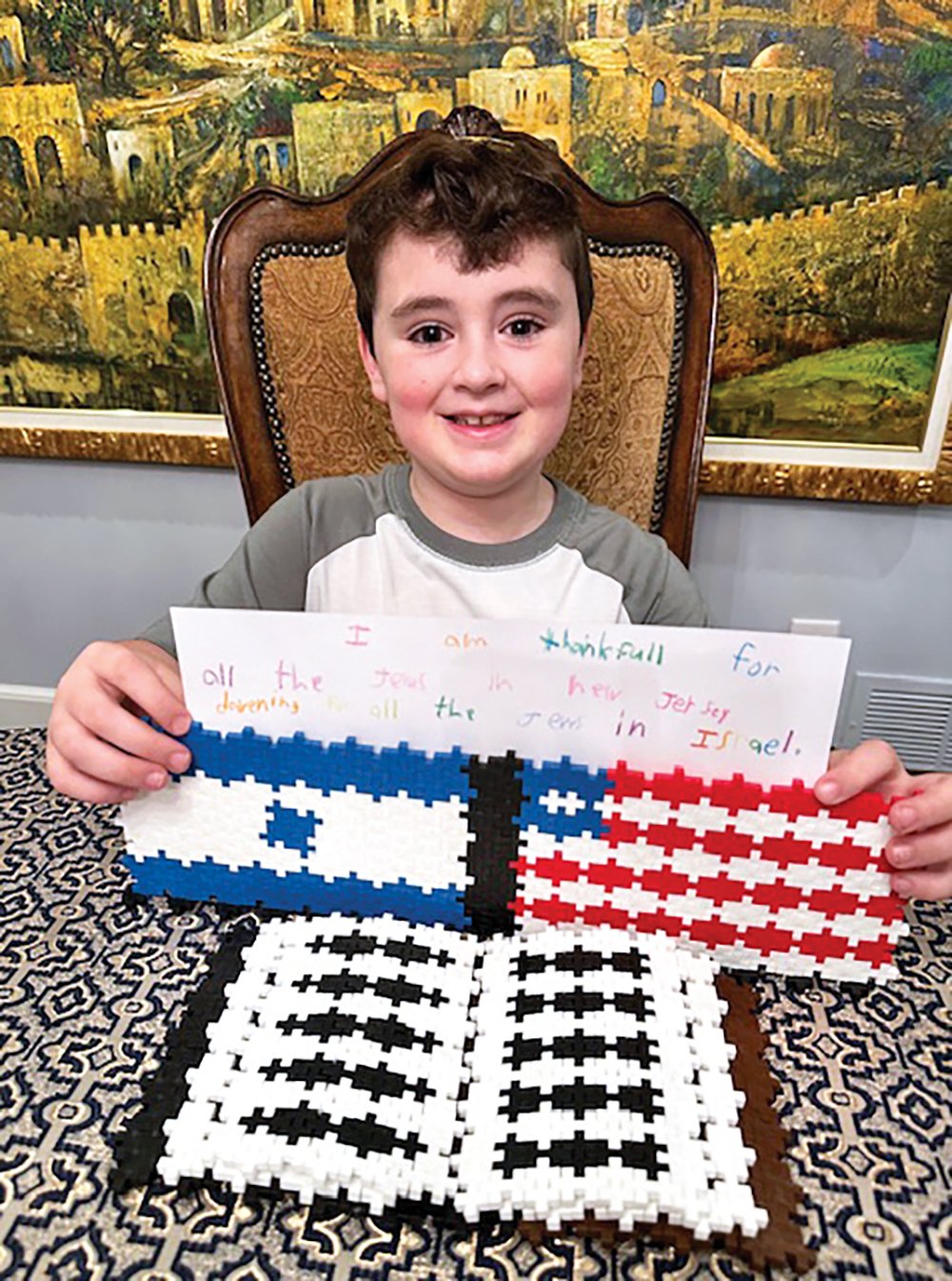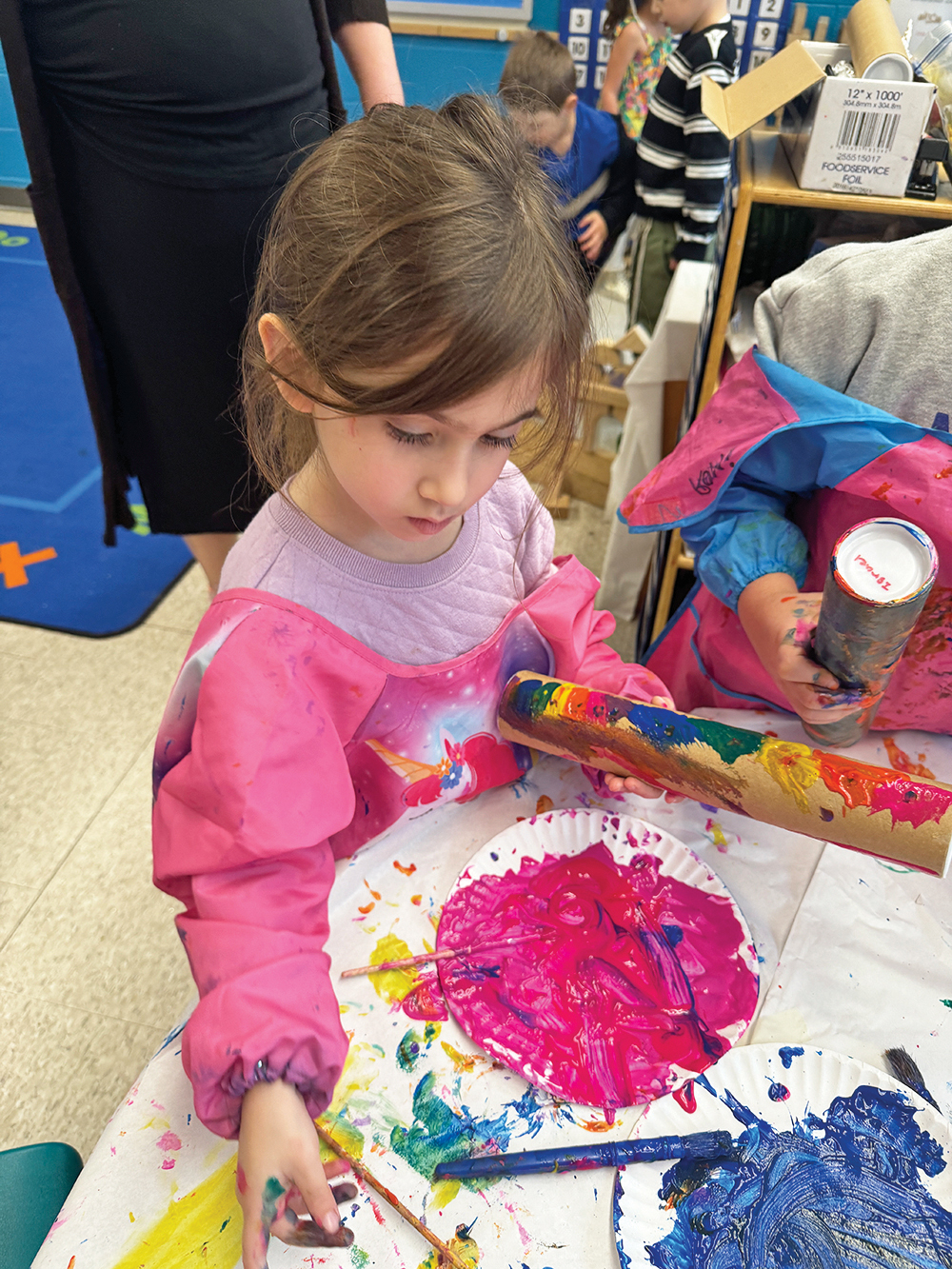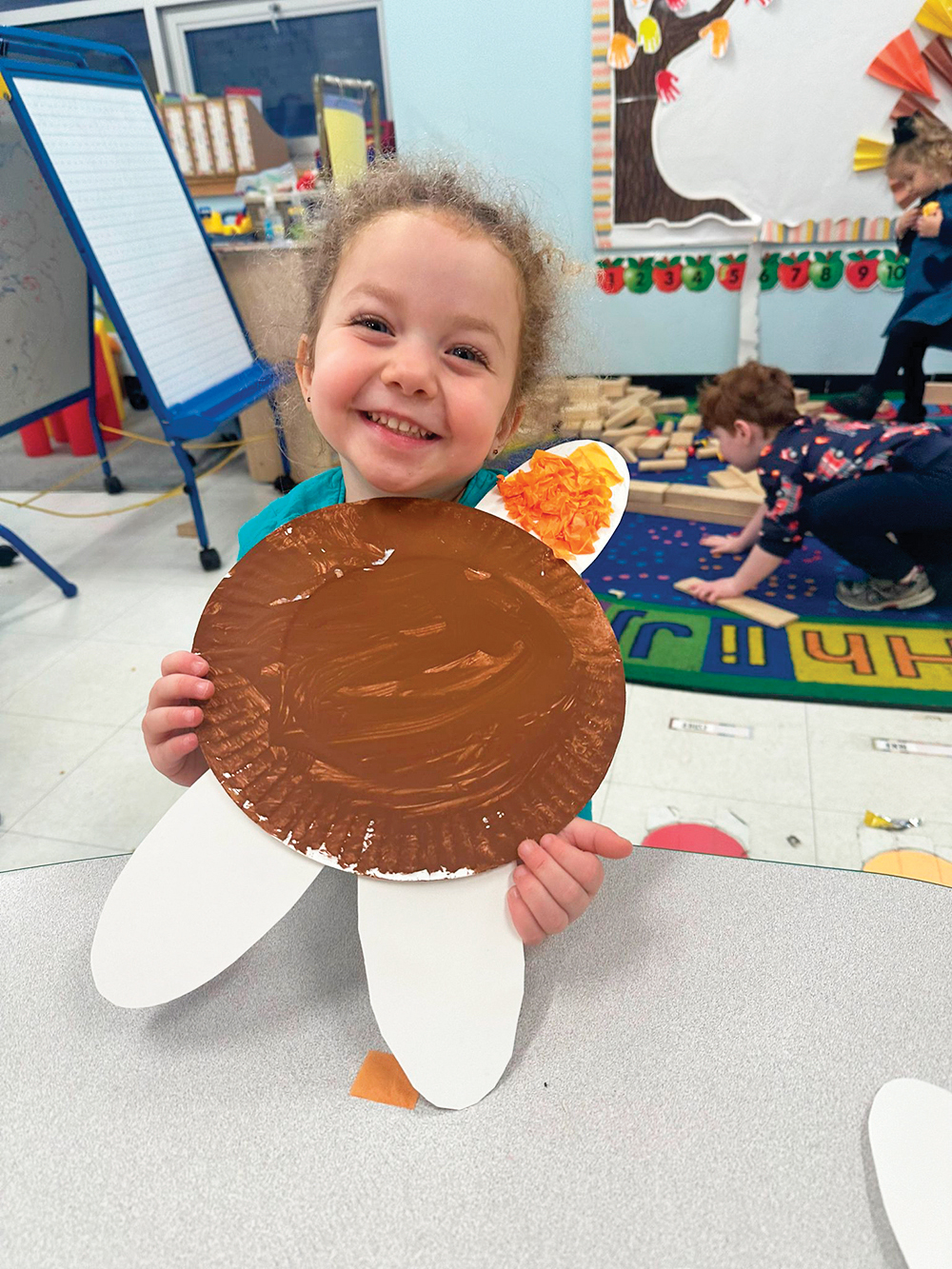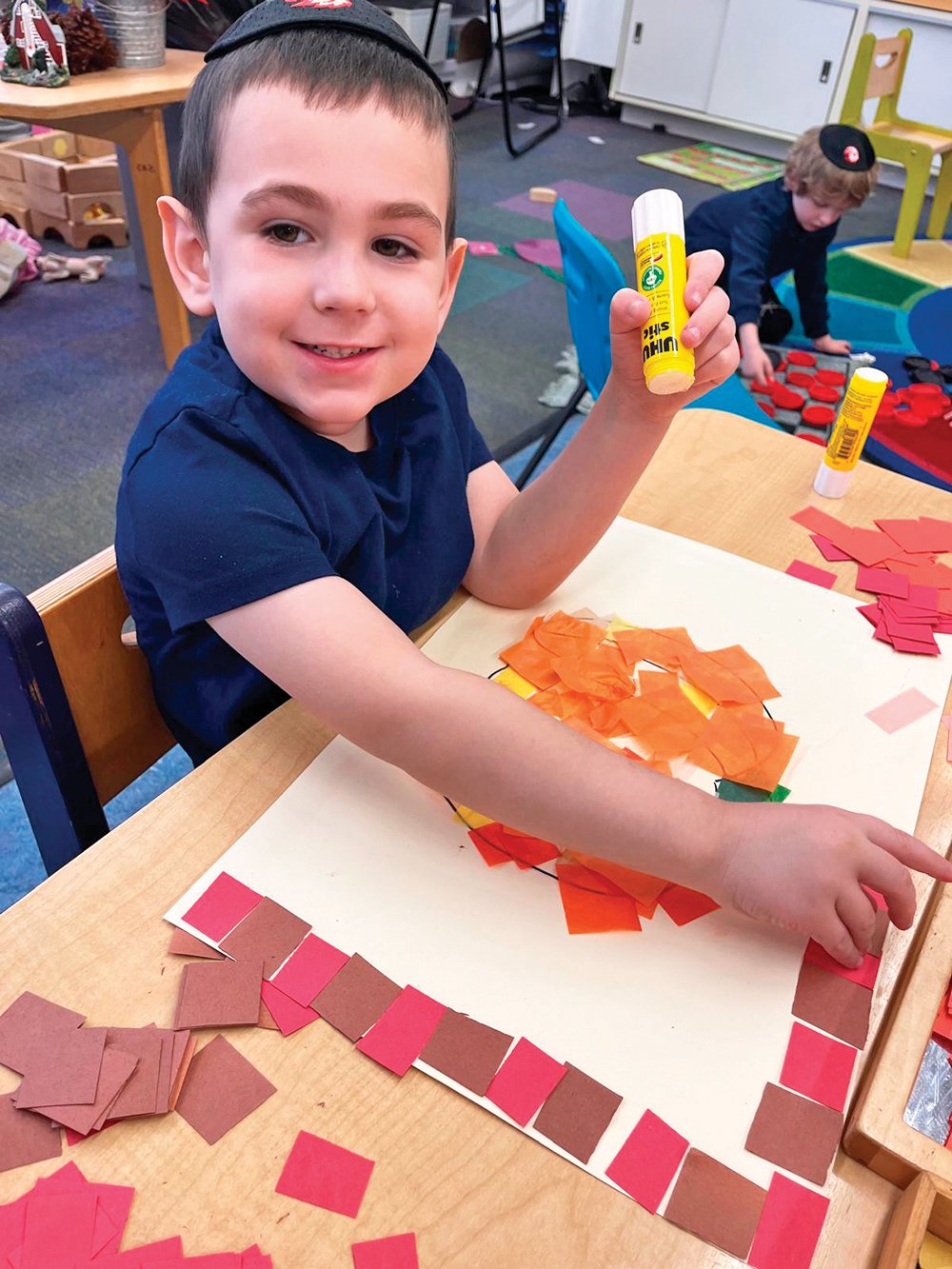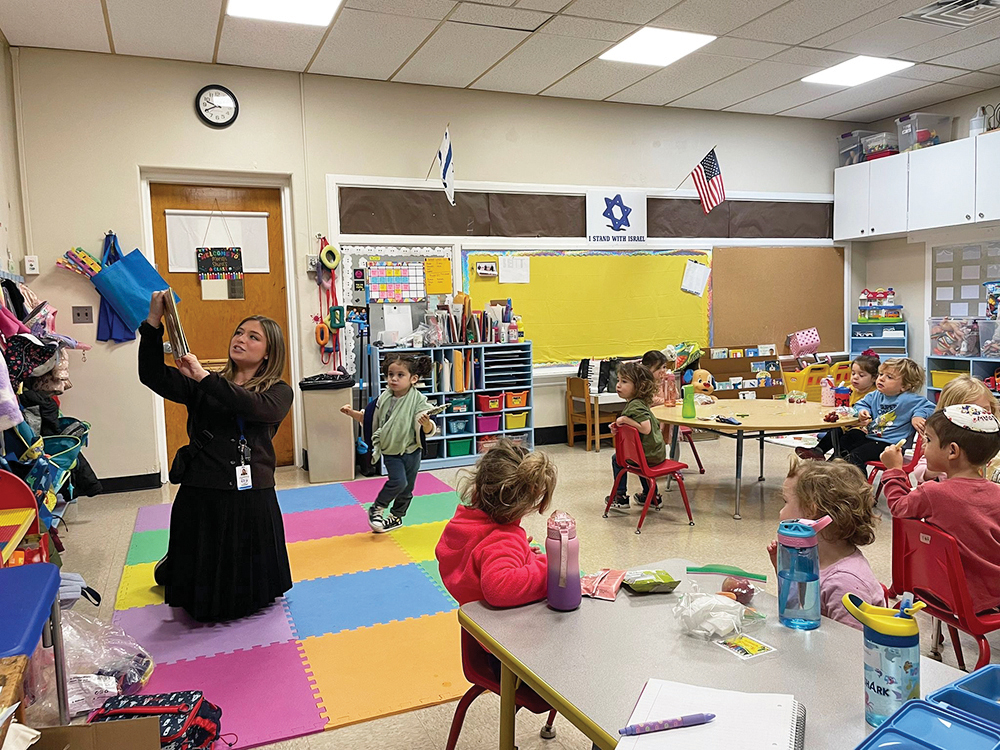A look inside the Women’s Casualty Treatment Unit and chevra kadisha in the IDF.
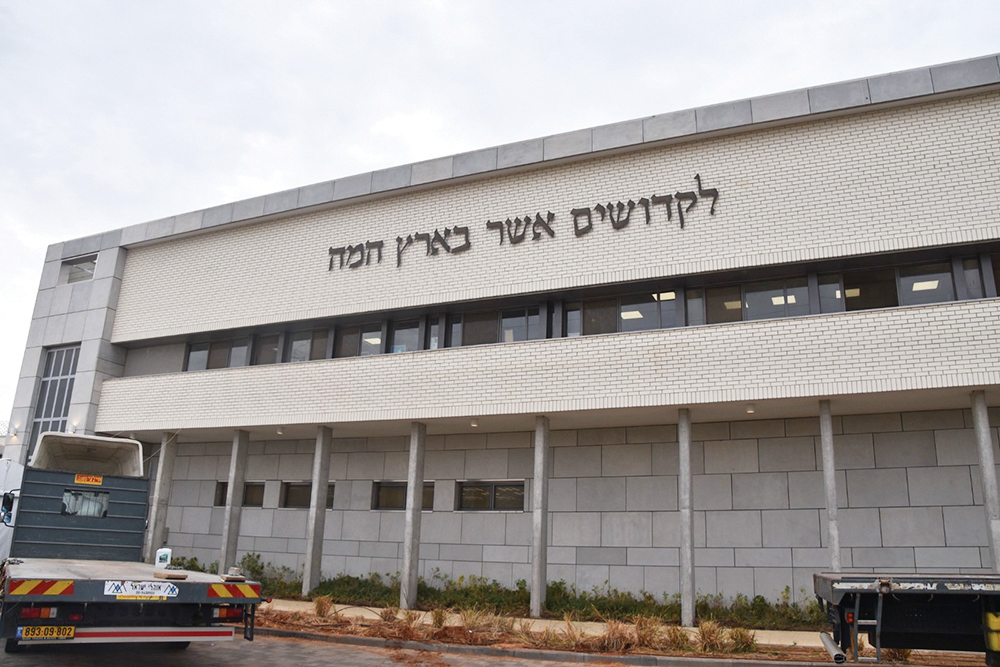
A person who has passed away can never personally repay the chevra kadisha for their diligence and kindness. It is a mitzvah that is therefore called chesed shel emet—a true kindness.
In Israel, the Rabbinate of the Israel Defense Forces oversees this holy task when it is necessary to identify and bury a soldier. Any soldier in the IDF, male or female, who loses their life while enlisted, for whatever reason, has the right to be buried in an army cemetery and is taken care of by the army’s Casualty Treatment Unit that identifies and prepares fallen soldiers for burial.
Each soldier wears a dog tag with his name and identity number. Even during “normal” times, it might be difficult to identify the person due to the state of the body if they have fallen in battle or in a terror attack, in which case forensic specialists—usually doctors—are called in.
But the events of October 7 and the time since have made these identifications even more painfully complicated than usual.
Women and the Performance of Tahara
If a female soldier dies while enlisted, she is taken care of by the army just as the men are. Volunteer women from around the country, who worked for the chevra kadishas in their hometowns, used to be called upon to assist the army professionals in the preparation for burial.
In the last 10 years, more women are entering combat units in the army, therefore raising the risk of more female deaths. As a result of this new reality, the IDF Rabbinate created a designated unit in which women would be trained to assist in the identification process and burial preparation for a female fallen soldier, known as a halala. (A male fallen soldier is a halal.)
In July 2023, the IDF Rabbinate decided to draft and categorize these volunteers as soldiers serving in miluim (reserve duty). Now when they come to volunteer, they are considered official members of the IDF. Thankfully, until October 7, they were not usually inundated with work.
And then the world exploded and everything changed.
In a stroke of eerie timing, before October 7, I had interviewed Sharon Laufer, who had recruited the women for the first three cohorts of this unit. I recently spoke with her and learned what she and other women in the unit have been doing since that black Shabbat, and how they’ve been coping.

Laufer shared, “As a child, I was very fearful and anxious about death.” At the age of 16, after attending a summer camp session at which people from a chevra kadisha spoke, in the context of life-cycle events, she thought, “This is amazing. I need more information.”
Then when she was 29 and living in Teaneck with her husband, Nathan, she saw a notice in the shul bulletin requesting volunteers for the women’s chevra kadisha. She responded, and experienced her first tahara.
“That day was a turning point in my life, not only because it was the beginning of my service, but because I found that it opened my heart in a way like nothing else that I would choose to do. I served on the chevra kadisha until making aliyah in 2003.”
This work helped Laufer overcome her fear of death. “You walk into the tahara room and you don’t know very much about the person on the table; however, the body and the soul speak volumes if you’re open to listening.”
Coming to Israel and the IDF
The Laufers made aliyah to Israel in 2003. They lived in Jerusalem, but the chevra kadisha there did not accept volunteers. In 2006, Laufer’s brother-in-law, Shimon Perchik, a colonel in the reserves of the IDF, was the project leader who developed a computer system and associated protocols that would improve the ability to accurately identify soldiers who had died or been killed while in active service.
This system is the one that is still in use now, during the current war.
In 2010 Laufer and her family moved to Efrat. In April of that year, Colonel Perchik asked her if she would be interested in recruiting a group of women who were computer savvy, and who would not be afraid to work with a woman’s dead body. “They would also be trained to handle situations of mass casualties,” said Laufer.
In June, 2011, the group had its first full training using the computer system and working with an actual model. They learned how to match dental records, fingerprints and DNA to the main data system to confirm identity.
On July 18, 2011, they got their first call up. “After my first experience, I sent an email to the women who had been with me, writing: ‘… It is obvious that our unit performs a very important role for the IDF Rabbinate regarding k’vod hamet, respect for the dead…’
“Since 2012 our group of women are regularly called upon for taharot in the IDF. I believe this work is one of the important things I was put here to do in this lifetime, especially after going through the last month. I’ve been given the strength and ability to do this work, which is a privilege from God.
“I ask for help from Hashem before I go into any tahara, so that I will be able to connect with the neshama and be compassionate. I understand that there is more beyond the body, and that the neshama needs help even after the person dies. We ask mechila from the neshama of the deceased after we’re done. I always hold the hand of the deceased person and open my heart to give love and support so they will know they are loved. I see myself as a tool, as a vehicle for doing Hashem’s work.”
What has her life been like since Simchat Torah?
“We knew something was happening during the day, so I turned on my phone and I got a message that I needed to leave when Shabbat was over. We arrived at Shura. It was a very difficult sight. Some people had already been working during the day to start the identification process.”
Shura is the base where the IDF Rabbinate is located and has a dedicated area where all the bodies of those murdered were brought, for identification and preparation for burial of soldiers, police and civilians.
“My amazingly strong group of women were waiting for the halalot in the building in which we have worked and trained.
“Nothing prepared us for what came next. … We worked through the night, and we were on call for the first two weeks doing eight- to 12-hour shifts every day.
“By the end of the second week, we started konenut (on-call) shifts from home. … We have several teams working on a shift basis. Each team stays with the same halala through the whole process, from identification to burial preparation, unless the identification happened at the end of the day and went over into the next day. In that case, the team that was on the next shift does the burial preparation.
“Once an identity is confirmed, the families are notified, and then we prepare the body for burial.”
The Process
“After reception has recorded their details, we escort them to the treatment room. … We take care of every halala there, aware of each neshama, but not in a way that any of us or they could have imagined.
“In this situation, it is not like with a regular tahara because when someone dies ‘al kiddush Hashem’ [for being a Jew], there is no tahara.
“We treat them as gently as we can. We feel our hearts touching theirs. … We ask for mechila again.
“We also make sure to look for any personal effects or jewelry that may not have been noticed during the medical exam. These are precious treasures that we can give back to the family.
“For each one, we pray that our hands have done her life justice. We pray that her death not be in vain, and may her journey toward the light be without pain and may Hashem receive her sacrifice as an unfathomable Kiddush Hashem and may her neshama find peace.
“I pray also, may our tears and our hearts be healed from bearing witness to their sacrifice.”
What about self-care for the women of the chevra kadisha?
“When I’m home I’m either writing in my journal or being creative in the kitchen.
On the base, each team has a debriefing at the end of each shift to discuss any difficulties that occurred during that shift, and we take care of one another. I call everyone on my shift to see how they are doing.
“Every day there is a mental health officer who checks in with us. Avigayil Bar-Asher, who has been the commander of the unit since 2016, calls us and even calls our spouses to see how they’re doing. We’ve had many sessions where we were able to speak about the most difficult situations we had dealt with over the last few weeks. We feel very supported.”
Laufer says a special bond is created among the women on the teams working with the halalot. “This is a moment and a memory that we will share for the rest of our lives. There are haredim, secular and religious individuals all working together. It’s a true moment of unity.
“The IDF knows they can rely on this group of exceptional women that is committed to help in any way needed. They know they can call any hour of the day and whoever is available says, ‘I will come.’
“To each of my dear partners who do this work with me, I want to say thank you for giving me strength in those very difficult moments, thank you for letting me support you, and for standing side-by-side as a team full of courage and dedication. You are all women of iron, with hearts of gold and souls filled with light.”
The writer is an award-winning journalist, director of Raise Your Spirits Theatre, “Mikva the Musical” and the Na’na and Hamra Playback troupes, and the editor-in-chief of WholeFamily.com.


